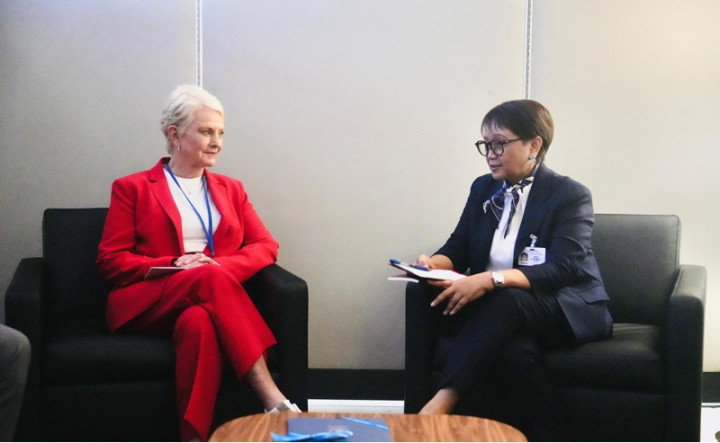Myanmar’s economy is projected to grow 3 percent in the fiscal year ending in September 2022, following an 18% contraction last year.
Weak economic activity is indicative of the range of constraints facing the Myanmar economy.
These include a sharp rise in the prices of imported inputs and consumer goods, partly attributable to the war in Ukraine; elevated levels of domestic conflict; electricity outages; and persistent logistics and financial sector disruptions.
"Myanmar last year experienced one of the worst economic contractions in the world, and the limited growth we forecast this year leaves its economic recovery far behind other countries," said World Bank Country Director for Myanmar, Cambodia and Lao PDR Mariam Sherman in a press release on Thursday.
"This will continue to test the resilience of the Myanmar people, with household incomes declining and coping mechanisms against food insecurity and poverty increasingly under strain amidst ongoing internal conflict," Sherman added.
Recent policy shifts have added to challenges for businesses.
Burdensome trade license requirements, the abandonment of the managed float exchange rate regime, and the imposition of foreign currency surrender rules have resulted in shortages of key imported inputs and inhibited exporters.
Uncertainty among businesses has increased due to the rapid issuance of new policy instructions, including exemptions to previously imposed restrictions, followed by subsequent attempts to revoke those exemptions.
"Despite severe constraints, economic activity has picked up in some areas over the last twelve months, demonstrating the adaptability of Myanmar’s businesses," said World Bank Senior Economist for Myanmar Kim Edwards.
"However, industries more dependent on domestic demand are facing challenges from lower household incomes and rising prices, while agricultural production remains constrained by increased input prices, transport disruptions, and ongoing conflict," Edwards added.
Spike in inflation
The latest available data indicate that CPI inflation increased to 17.3 percent (yoy) in March.
Increases in global oil prices have driven pronounced increases in domestic fuel prices and transport costs, as well as in the cost of running diesel generators to compensate for recurring electricity outages.
Kyat depreciation, supply chain disruptions and the spillover effects of higher transport prices have resulted in price increases for a broader range of imported inputs, squeezing already thin profit margins.
Beyond the projected 3 percent growth in 2022, the outlook remains weak and subject to substantial risks.
Domestic prices for food, fuel, and other imported inputs are likely to remain elevated over the short to medium term, constraining both production and consumption.
The balance of payments situation is of growing concern, with U.S. dollar shortages already limiting the availability of several imported products, including fuel.
Elevated levels of conflict in many areas of the country are expected to continue to constrain productive activity.
As a result, a return to pre-pandemic levels of economic activity is unlikely in the near term, in sharp contrast to the rest of the East Asia and Pacific region, where GDP in all large countries is estimated to have recovered to above 2019 levels or is projected to do so in 2023.
Cek Berita dan Artikel yang lain di Google News



















